Hair transplantation is a surgical procedure intended to treat hair loss by transplanting hair follicles from one part of the body, often referred to as the “donor site,” to areas of baldness or thinning hair, known as the “recipient site.” This procedure is most commonly used to treat male pattern baldness but can also be used to restore hair in other areas such as eyebrows, eyelashes, beard hair and to fill scars caused by previous accidents or surgeries.

Content index
Hair transplant techniques
Follicular Unit Extraction (FUE)
FUE involves individually extracting hair follicles from the donor area using a small drill-like instrument and then transplanting them into the recipient site. This technique does not involve removing a strip of scalp and leaves minimal scars.
Hair transplantation using DHI technique

DHI (Direct Hair Implantation) hair transplantation is a cutting-edge technology that revolutionizes the field of hair restoration. Unlike traditional methods, DHI involves extracting hair follicles individually from the donor area and transplanting them directly into the recipient site using specialized instruments called Choi pens.
This less invasive approach ensures precision, natural-looking results, and faster recovery times. With the DHI technique, patients experience minimal discomfort, no visible scarring, and they recover quickly, allowing them to quickly resume their daily activities. This procedure provides a long-term solution to hair loss.
DHI hair transplantation represents the forefront of hair restoration technology, providing individuals with a reliable and effective way to restore a fuller, fuller head of hair.
Sapphire FUE hair transplant technique
The sapphire hair transplant technique, as the name suggests, is performed using sapphire blades. Made of precious gemstones, sapphire blades are known for their sharpness, smoothness and durability. These properties are what allow the surgeon to create what are known as microchannels – essentially smaller, more precise incisions in the recipient area.
This is important because creating the channels is the most important stage in hair transplant surgery. As mentioned, it is the nature of these created channels that plays a role in determining the density, angle and direction of new hair growth after the procedure. Having the ability to create smaller, more precise channels with a sapphire blade can produce more natural-looking results than can be achieved with a traditional steel blade.
Get the special offer today from Zoom Clinic
Chin hair transplant

The primary goal of a beard or chin transplant is to enhance the density and shape of the hair in this area, in order to create a fuller and more aesthetic appearance of the face. This procedure is often used by people with sparse or patchy beards, or who want to improve and better define their jawline. By transplanting hair into the beard or chin areas, the texture and shape of the face can be significantly improved, which contributes to enhancing self-confidence and overall appearance.
Donor location: Donated hair can be extracted from different areas of the body, including the scalp, beard, chest, or other appropriate areas depending on the patient’s preferences and the surgeon’s recommendations.
Techniques: Similar techniques such as FUT and FUE can be used for beard hair transplantation. However, the angle, direction and density of the transplanted hair may need to be carefully considered to achieve a natural-looking result in the beard area.
Recovery and Results: Initial growth is visible within a few months and full results are achieved within a year. However, the specific growth pattern and density of the beard may continue to evolve over time.
Get the special offer today from Zoom Clinic
Hair transplant for women
The hair transplant procedure for women is similar to that for men. It involves taking hair follicles from areas of the scalp where hair is thickest (often the back or sides of the head, where hair is less prone to thinning) and transplanting them into areas where hair loss or thinning is noticeable. This procedure is usually performed under local anesthesia on an outpatient basis.

Before undergoing a hair transplant procedure, it is important for women to consult a hair transplant surgeon or qualified dermatologist to determine the underlying cause of their hair loss and evaluate whether they are suitable candidates for this procedure. Factors such as the extent of hair loss, quality of donor hair, general health, and expectations will be taken into consideration during the consultation.
Hair transplantation is a safe and effective procedure when performed by a qualified and experienced surgeon.
The success of a hair transplant depends on several factors, including the skill of the surgeon, the quality of the donor hair, the density of the recipient site, and the patient’s expectations. It is important to have realistic expectations and understand that it may take several months to see the full results of the transplant.
Photos of Zoom Clinic clients before and after hair transplantation
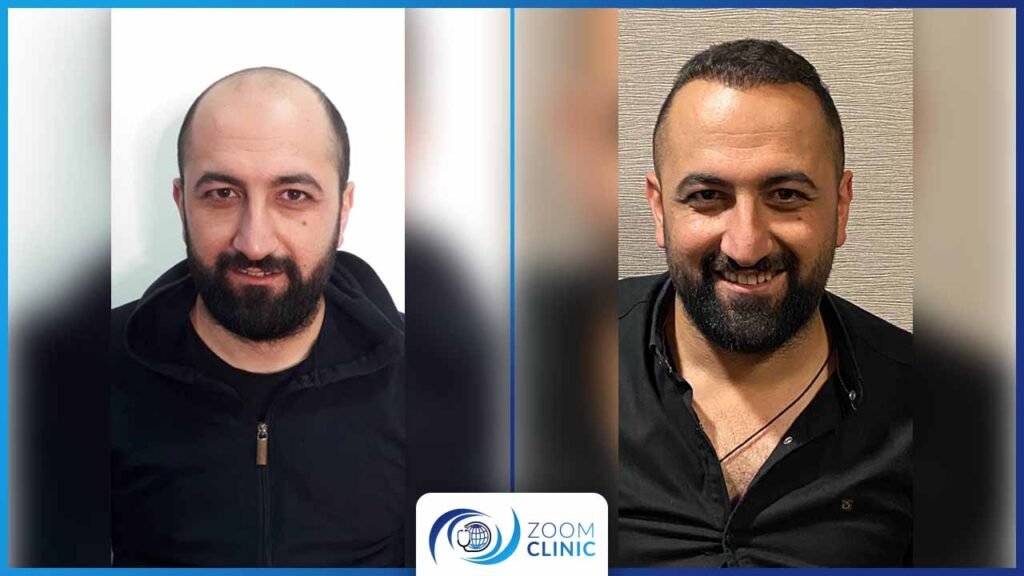
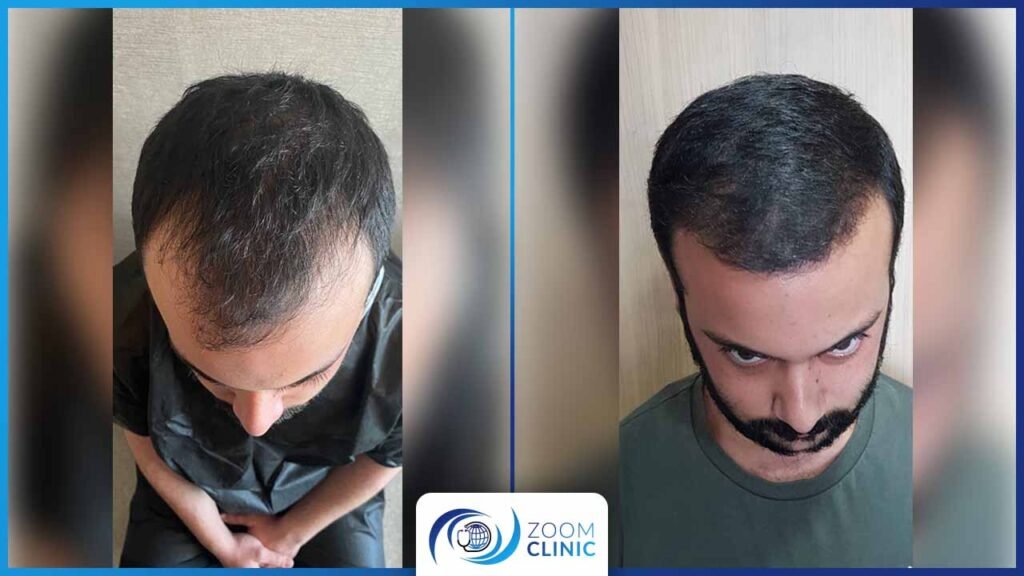
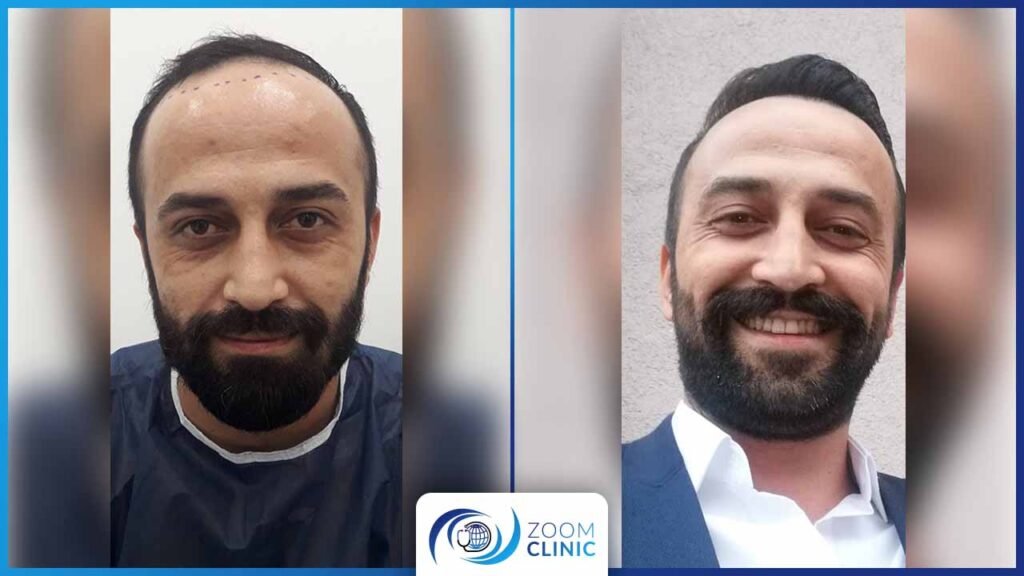

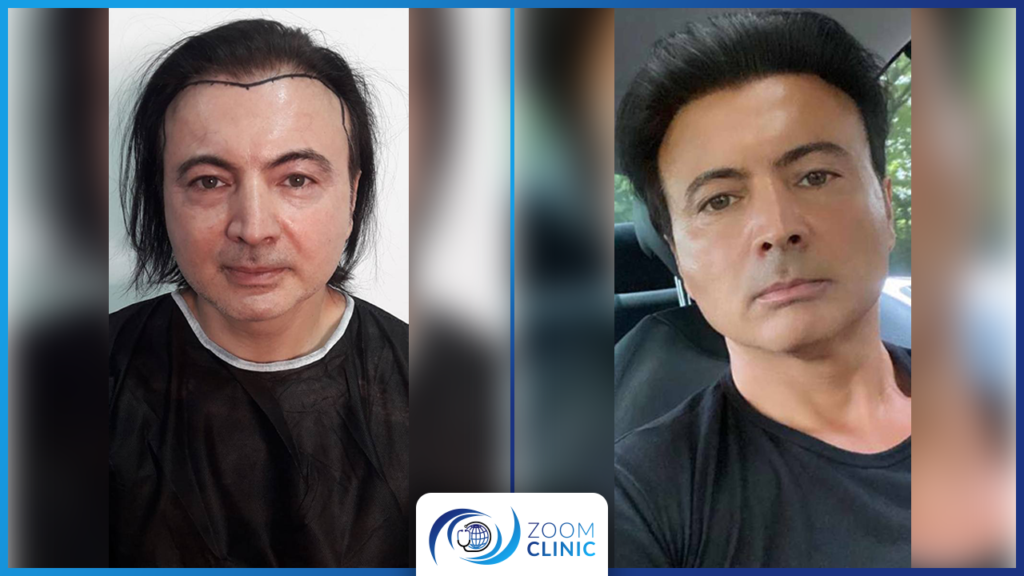

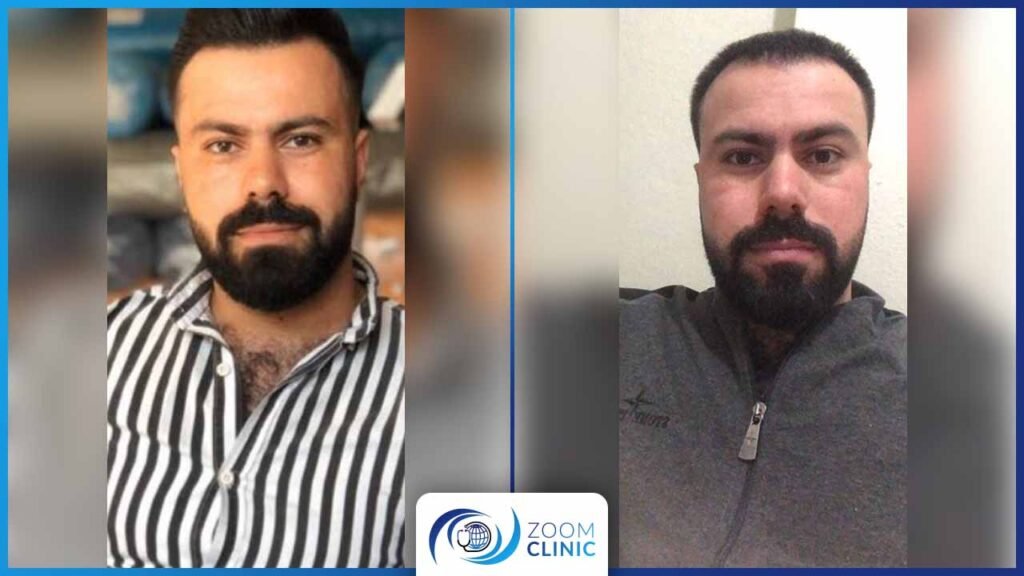
Take the first step towards regaining your self-confidence and regaining a thicker head of hair by consulting our experienced hair transplant specialists at Zoom Clinic.
Read also:
A comprehensive guide to hair transplantation: types, side effects and recovery


